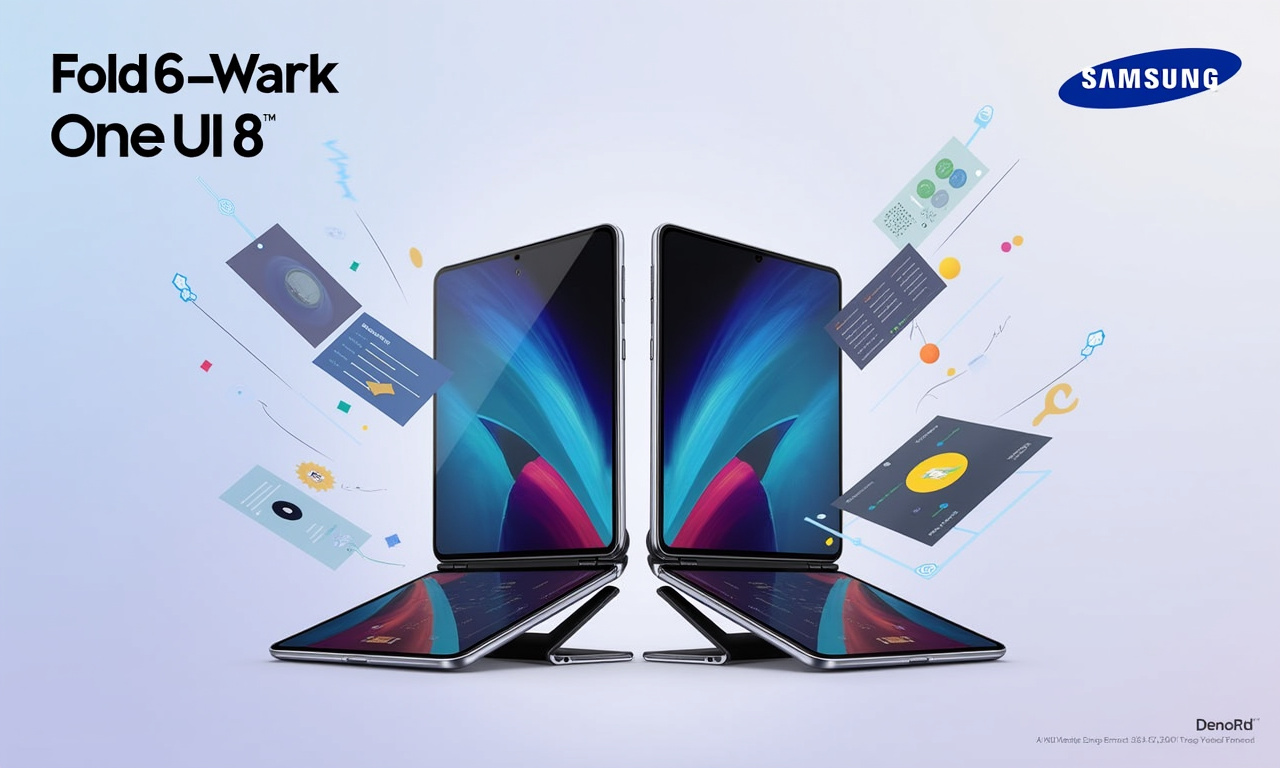The Massive Multiplayer Online (MMO) gaming landscape is still very much the playground of Asia, with China out in front. This is not a mere fad, but rather an extraordinary force. It’s resourced by cultural values, unique game elements, and a massive, engaged player base. To know this dominance is key for any Western developer trying to get a foot in the door on the very lucrative Asian gaming market. ThrowingToken.com knows that it’s crucial to be aware of these emerging patterns. In many instances, they mirror some of the biggest changes in the overall digital space, particularly DeFi and NFTs.
Cultural Factors Driving MMO Popularity in Asia
There are a number of cultural aspects that help explain the MMO boom in Asia, specifically China. The other major reason is the collectivist character of Chinese society. There’s immense pressure to jump in on all the sexy, cool stuff and a fear of being left behind. The “fear of missing out”—or FOMO—drives millions to dive headfirst into the MMO bonanza. This is a snowball effect because a game’s early popularity amplifies its own popularity!
In addition, China has a very large mobile gaming culture. In a place where smartphones are ubiquitous and mobile data is cheap, gaming on the go is extremely popular. On mobile, MMOs are perhaps even better suited given their persistent worlds and social proclivities. This allows gamers to experience their most beloved games more easily, whenever and however they please! Overall, this huge leap in accessibility has vastly expanded the potential MMO audience.
Lastly, the use of culturally relevant elements in games hits home for Chinese players. Games that reference Chinese history, mythology, and literature are especially hot. More than just historical contexts and events, these games deepen players’ understandings of their heritage, making intimate experiences. They deepen the quality of the play and create a greater level of community. Chinese developers have a talent for using these themes to create immersive and captivating worlds that really hit home with the local audience.
Unique Characteristics of Asian MMOs
Asian MMOs are very different beasts from their Western counterparts, in a few major ways. These specificities are a result of the tastes, interests and expectations of Asian gamers.
One big difference is the focus on grinding mechanics. Asian MMOs often have one of two systems in place, where either monster farming or gathering resources for hours at a time is the norm. This can be interpreted as an encouragement of advancement and personal growth, with hard work and effort being duly rewarded. As annoying as this might be for the Western player, it’s a normal, accepted feature in many Asian MMOs.
Another major difference becomes apparent between the two ecosystems when discussing monetization models. Asian import MMOs are notorious for this kind of thing, most of them being really pay-to-win, where you can straight-up buy power with real money. This might be in the form of better gear, exclusive items, or faster leveling. Although this model can be quite contentious, it’s the widespread norm in the Asian marketplace. Western MMOs tend to take a harder line on this kind of monetization. They focus on cosmetic items and subscription fees to make their money.
Gameplay and Design
Combined, these features create an overwhelming feeling of depth and customization, giving players myriad options to create a truly unique character and gameplay experience. These elements aren’t exclusive to Asian MMOs, and for Western MMOs, they’re frequently downplayed.
- Pet systems
- Crafting systems
- Extensive skill trees
- Elaborate weapon and armor designs
Also interesting is the difference between Korean and Chinese MMOs. Korean MMOs tend to prioritize originality in gameplay and design, pushing the boundaries of innovation. Chinese MMOs are often guilty of cloning successful Western game features with little original flair.
Aesthetically, Asian MMOs, particularly those rooted in Japan and Korea, lean heavily into an anime-esque or cute graphic style. It’s an aesthetic that resonates with Asian gamers and further enhances the aspirational quality of these games. Western MMOs tend to go for a more realistic aesthetic.
Graphics and Art Style
For Western developers seeking to tap into the Asian MMO market, understanding the nuances and preferences of Asian gamers is paramount. A one-size-fits-all approach is unlikely to succeed.
Insights for Western Developers Entering the Asian Market
Firstly, Western developers must conduct thorough market research to understand the specific preferences, behaviors, and cultural sensitivities of Asian gamers, particularly in China, Japan, and Korea. This research needs to be as far-reaching as preferred game genres and art styles, to monetization models and social features.
Second, working together with local firms can be an invaluable help to understand the very complicated Asian market. Local game developers, publishers, or distributors possess the knowledge, experience, and network necessary to ensure a game meets local requirements and resonates with the target audience.
Localization is crucial. Video games need to be localized and culturally adapted for local languages, cultural sensitivities, and regulatory requirements. This goes beyond simple translation and involves adapting the game's content, art style, and gameplay mechanics to align with local tastes.
Essential Elements of Localization
Not to mention that western developers have to make sure their games pass Asian regulations – most notably, China’s strict, centralized, game licensing gauntlet. Through this system all games must be pre-approved and licensed before they are able to be released in the country. There’s no question that navigating this regulatory landscape can be daunting. Doing so is key to winning.
Western developers should borrow from their Asian counterparts and explore alternate monetization models. These include free-to-play, subscription-based, or item-based microtransactions. Understanding that Asian gamers have unique preferences, experimenting with varied monetization strategies can further maximize revenue potential.
By understanding the cultural factors, unique characteristics, and regulatory landscape of the Asian MMO market, Western developers can increase their chances of success and tap into this lucrative and dynamic gaming world. ThrowingToken.com recommends that developers do their due diligence before jumping into this new market. Just as they’d take the time to understand the culture behind investing in DeFi or NFTs, they need to develop an acute awareness of local culture.
By understanding the cultural factors, unique characteristics, and regulatory landscape of the Asian MMO market, Western developers can increase their chances of success and tap into this lucrative and dynamic gaming world. ThrowingToken.com encourages developers to approach this market with careful planning and a deep understanding of the local culture, just as they would approach any investment in the DeFi or NFT space.




